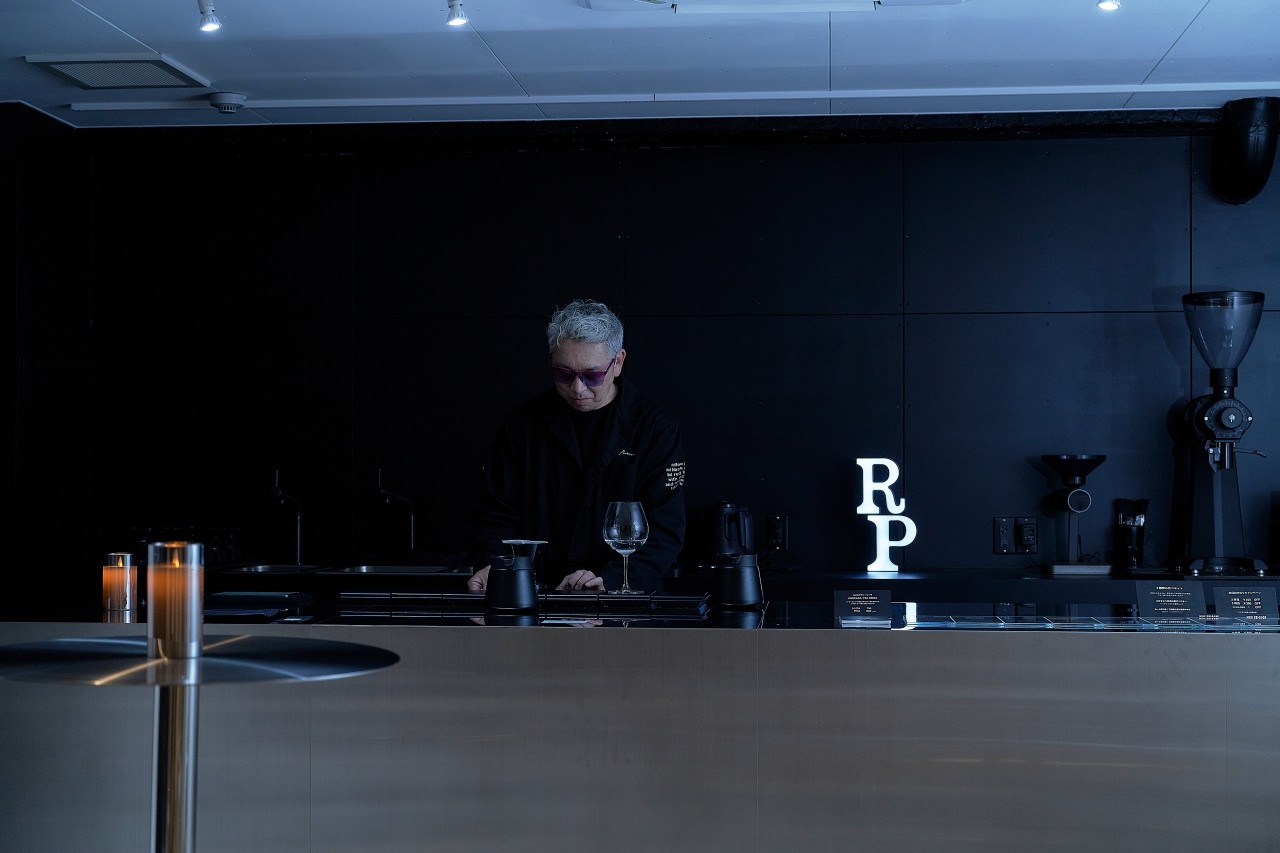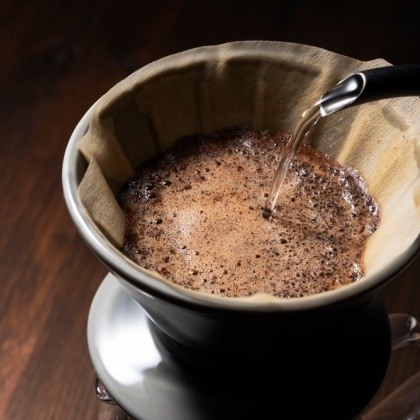Learn more about coffee varieties: Geisha and Bourbon are not varieties?
Coffee beans are the seeds of the coffee plant, of which there are many different varieties.
CROWD ROASTER carries a variety of coffee varieties, including Geisha , Bourbon , SL28 , Castillo , and Caturra, and each variety results in a different coffee flavor.
So what exactly are these "varieties"? On the other hand, coffee is said to be divided into Arabica and Robusta species.
So what exactly are these "varieties"? On the other hand, coffee is said to be divided into Arabica and Robusta species.
What is the relationship with the variety?
I would like to dig a little deeper into this variety.
I would like to dig a little deeper into this variety.
Coffee as a plant
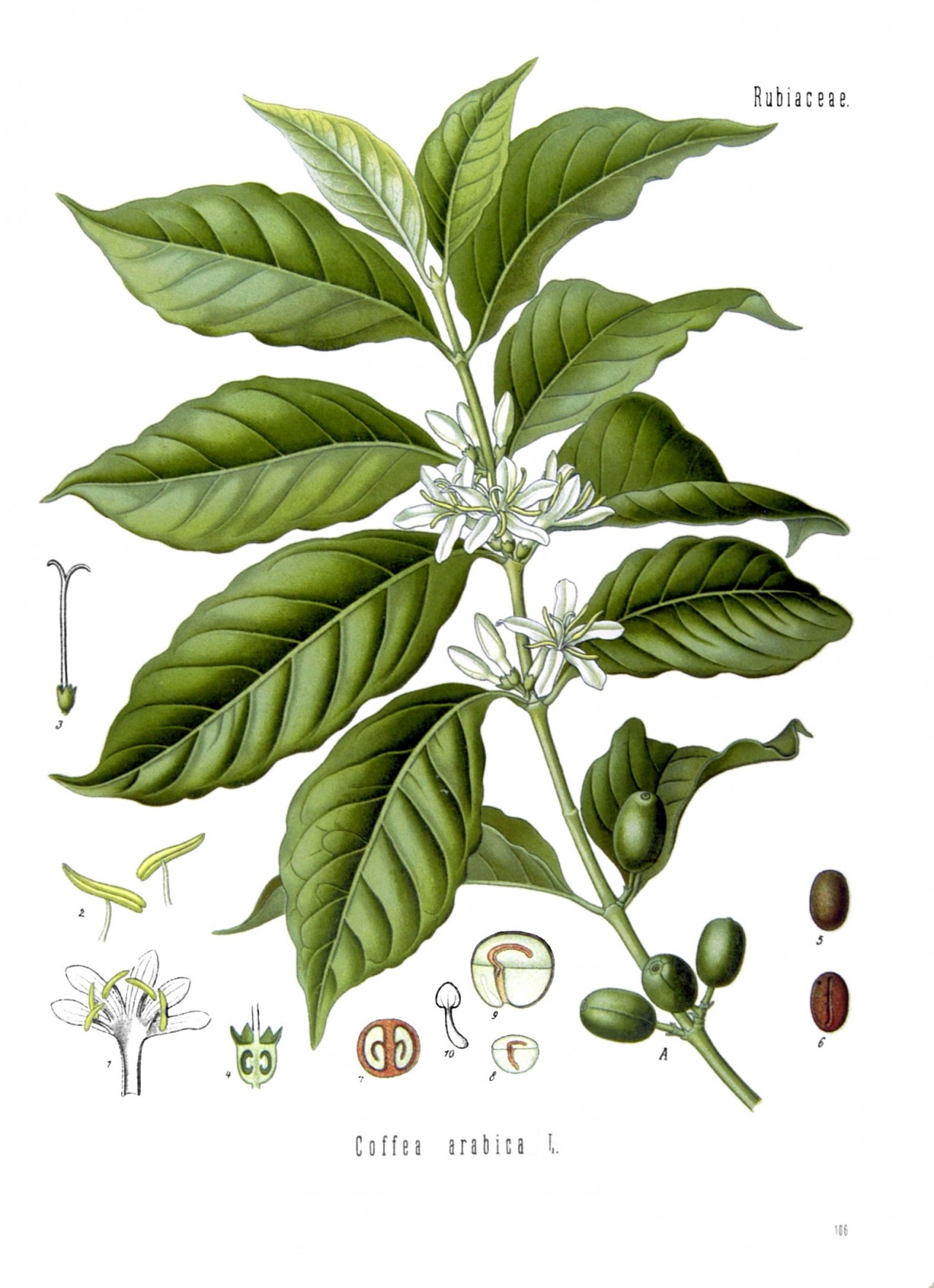
In botanical classification, coffee trees belong to the genus Coffea, family Manabu , order Gentianales, family Asteraceae.
The Coffea genus grows naturally in the African continent and Southeast Asia, from the coast of the Indian peninsula to northeastern Australia, and is believed to have originated in West Africa, from where it spread to Central and East Africa, Madagascar, Asia, and Australia.
There are currently 125 species in the Coffea genus. The two species that make up the majority of coffee used for drinking are Arabica and Canephora. These two species account for 98-99% of coffee production.
There are other varieties such as the Liberica variety, which is grown in West Africa, the Philippines, and Malaysia, but these account for a very small proportion of total coffee production.
The Coffea genus grows naturally in the African continent and Southeast Asia, from the coast of the Indian peninsula to northeastern Australia, and is believed to have originated in West Africa, from where it spread to Central and East Africa, Madagascar, Asia, and Australia.
There are currently 125 species in the Coffea genus. The two species that make up the majority of coffee used for drinking are Arabica and Canephora. These two species account for 98-99% of coffee production.
There are other varieties such as the Liberica variety, which is grown in West Africa, the Philippines, and Malaysia, but these account for a very small proportion of total coffee production.
Arabica growing environment
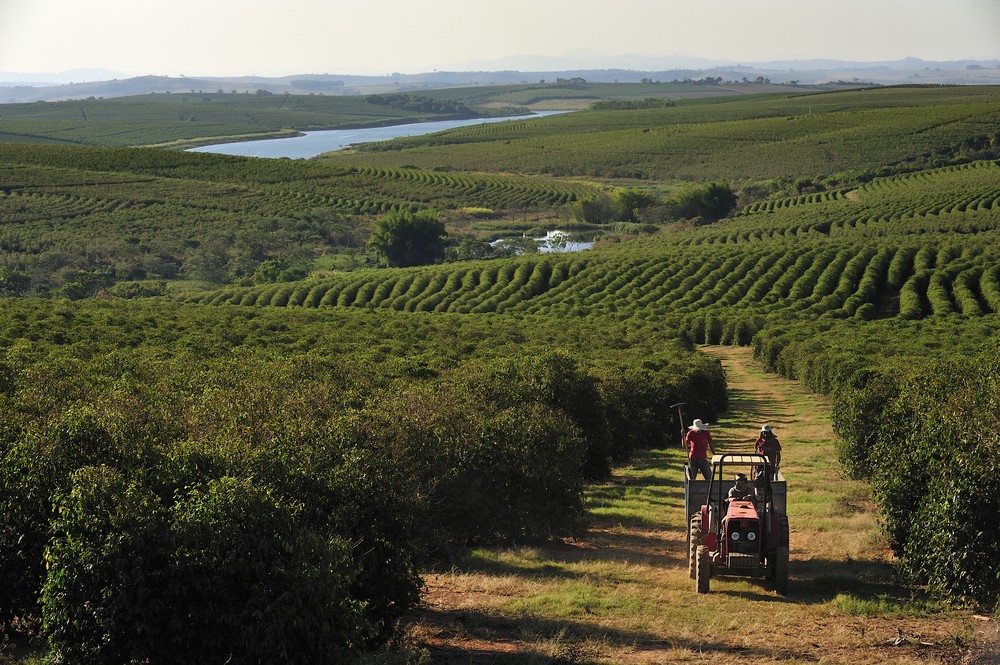
Arabica has been consumed since ancient times and was the only coffee species available until the discovery of Canephora at the end of the 19th century.
Arabica originated in southwestern Ethiopia, where a variety of wild and semi-wild species still grow today.
It prefers a slightly humid to dry environment at an altitude of 1,000 to 2,000 meters. The fact that a high altitude and relatively low temperature environment is suitable is clear from the location of coffee plantations around the country.
Coffea plants grow in the tropics (sometimes called the coffee belt), but Arabica cannot grow just anywhere in the tropics; it can only grow in high-altitude mountainous areas with clearly defined rainy and dry seasons.
Therefore, it can only be cultivated in very limited areas, even in tropical regions.
Arabica originated in southwestern Ethiopia, where a variety of wild and semi-wild species still grow today.
It prefers a slightly humid to dry environment at an altitude of 1,000 to 2,000 meters. The fact that a high altitude and relatively low temperature environment is suitable is clear from the location of coffee plantations around the country.
Coffea plants grow in the tropics (sometimes called the coffee belt), but Arabica cannot grow just anywhere in the tropics; it can only grow in high-altitude mountainous areas with clearly defined rainy and dry seasons.
Therefore, it can only be cultivated in very limited areas, even in tropical regions.
A unique Arabica variety with twice the number of chromosomes
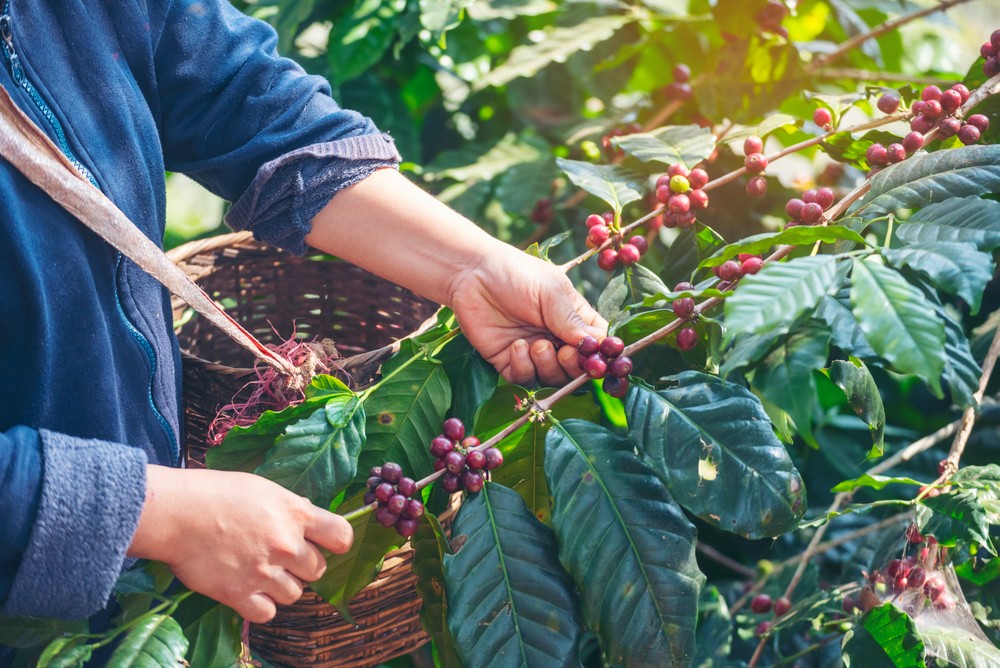
A Manabu significant feature of Arabica is that it has 44 chromosomes, twice as many as other species. This is unique among the Coffea genus and also makes it difficult to crossbreed with other species.
Recent research has shown that 22 of the 44 trees are close to the Canephora species, and the remaining 22 are close to the Eugenioides species, a species native to western Tanzania.It is now believed that the Arabica species was born from the crossbreeding of the ancestors of these two species.
Another major feature of this species is that it is self-pollinating, whereas species such as canephora cannot self-pollinate and require pollen to be transferred mainly by wind.
Arabica is self-pollinating, meaning that it can pollinate within the same flower. This means that seeds can be harvested from a single tree, and this characteristic has allowed it to be propagated from just a few seedlings, which has historically enabled it to be cultivated all over the world.
Recent research has shown that 22 of the 44 trees are close to the Canephora species, and the remaining 22 are close to the Eugenioides species, a species native to western Tanzania.It is now believed that the Arabica species was born from the crossbreeding of the ancestors of these two species.
Another major feature of this species is that it is self-pollinating, whereas species such as canephora cannot self-pollinate and require pollen to be transferred mainly by wind.
Arabica is self-pollinating, meaning that it can pollinate within the same flower. This means that seeds can be harvested from a single tree, and this characteristic has allowed it to be propagated from just a few seedlings, which has historically enabled it to be cultivated all over the world.
Are there no "varieties" under Arabica?
It is said that within the Arabica species there exist the "varieties" mentioned at the beginning.
However, in fact, in the Manabu classification, there are no varieties or varieties classified under the Arabica species.
Among the Arabica species, there are many variations with different characteristics, such as yellow fruits, large fruits and seeds, and different colored cotyledons.
These species were once classified as varieties, but when the wild species in their native Ethiopia were examined, it became clear that they were a heterogeneous group, with species with diverse characteristics mixed together.
Therefore, the characteristics of each variety are not differentiated.
However, in fact, in the Manabu classification, there are no varieties or varieties classified under the Arabica species.
Among the Arabica species, there are many variations with different characteristics, such as yellow fruits, large fruits and seeds, and different colored cotyledons.
These species were once classified as varieties, but when the wild species in their native Ethiopia were examined, it became clear that they were a heterogeneous group, with species with diverse characteristics mixed together.
Therefore, the characteristics of each variety are not differentiated.
Coffee varieties are called "cultivars"

However, it is true that the Arabica coffee plant has been cultivated by humans for a long time, and many different strains have been created.
This is a separate classification from the plant Manabu , and is called a "cultivated variety" used for cultivated crops.
Artificial breeding is widely carried out to improve yield and disease resistance, and dozens of varieties have been created, including the two main original species, Bourbon and Typica .
This includes Geisha , which is noted for its exceptional flavor.
We will introduce these cultivars in more detail later.
This is a separate classification from the plant Manabu , and is called a "cultivated variety" used for cultivated crops.
Artificial breeding is widely carried out to improve yield and disease resistance, and dozens of varieties have been created, including the two main original species, Bourbon and Typica .
This includes Geisha , which is noted for its exceptional flavor.
We will introduce these cultivars in more detail later.
What varieties of Canephora are there?
On the other hand, are there any varieties of the Canephora species?
This canephora species is native to Central Africa and is known in the coffee industry as "Robusta."
Robusta is disease-resistant, can be grown at low altitudes, and has higher yields than Arabica. It was discovered during a rust epidemic in Southeast Asia at the end of the 19th century, and has since come to be widely cultivated in Indonesia, Vietnam, and India.
Because it has almost no acidity and an earthy smell called Robusta, it has been considered to have a weaker flavor than Arabica and has been traded at a lower price.
However, in recent years, steam treatment has been developed to remove the Robusta smell, and production has increased, now accounting for 30 to 40 percent of the world's coffee harvest.
There are actually cultivated varieties of this Canephora species, or Robusta, but when it comes to distributing coffee, they are not distinguished by cultivar and are all treated as Robusta.
Therefore, it is safe to say that there are virtually no cultivated varieties.
However, in recent years, there has been a movement to identify high-quality Robusta varieties, add value to them, and distribute them.
In the future, we may see Robusta varieties available.
There is still a lot to learn about coffee varieties, and we would like to cover them in more detail in the future.
This canephora species is native to Central Africa and is known in the coffee industry as "Robusta."
Robusta is disease-resistant, can be grown at low altitudes, and has higher yields than Arabica. It was discovered during a rust epidemic in Southeast Asia at the end of the 19th century, and has since come to be widely cultivated in Indonesia, Vietnam, and India.
Because it has almost no acidity and an earthy smell called Robusta, it has been considered to have a weaker flavor than Arabica and has been traded at a lower price.
However, in recent years, steam treatment has been developed to remove the Robusta smell, and production has increased, now accounting for 30 to 40 percent of the world's coffee harvest.
There are actually cultivated varieties of this Canephora species, or Robusta, but when it comes to distributing coffee, they are not distinguished by cultivar and are all treated as Robusta.
Therefore, it is safe to say that there are virtually no cultivated varieties.
However, in recent years, there has been a movement to identify high-quality Robusta varieties, add value to them, and distribute them.
In the future, we may see Robusta varieties available.
There is still a lot to learn about coffee varieties, and we would like to cover them in more detail in the future.
Read related articles >>
If you want to enjoy coffee more deeply
" CROWD ROASTER APP"
Manabu at CROWD ROASTER LOUNGE
・Push notifications for article updates・Full of original articles exclusive to CROWD ROASTER
・Direct links to detailed information about green beans and roasters
App-only features
- Choose green beans and roasters to create and participate in roasting events・CROWD ROASTER SHOP: Everything from beans to equipment is readily available
・GPS-linked coffee map function



